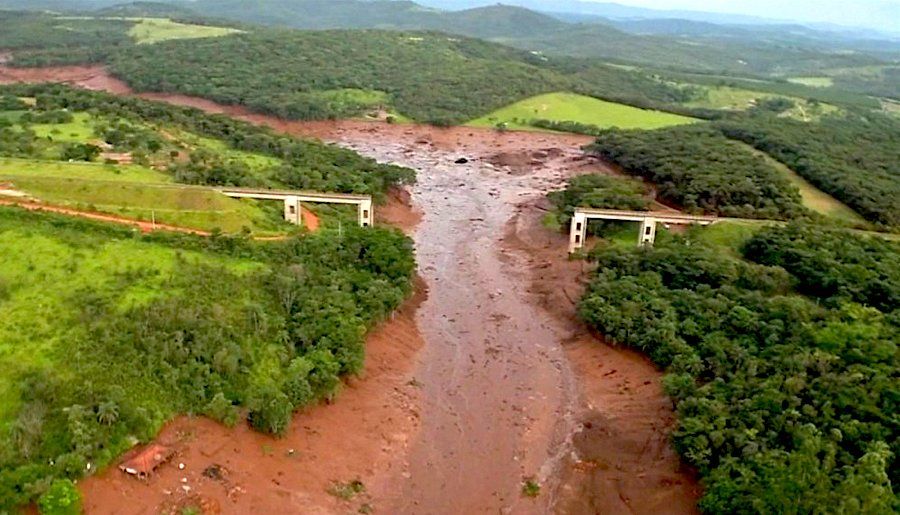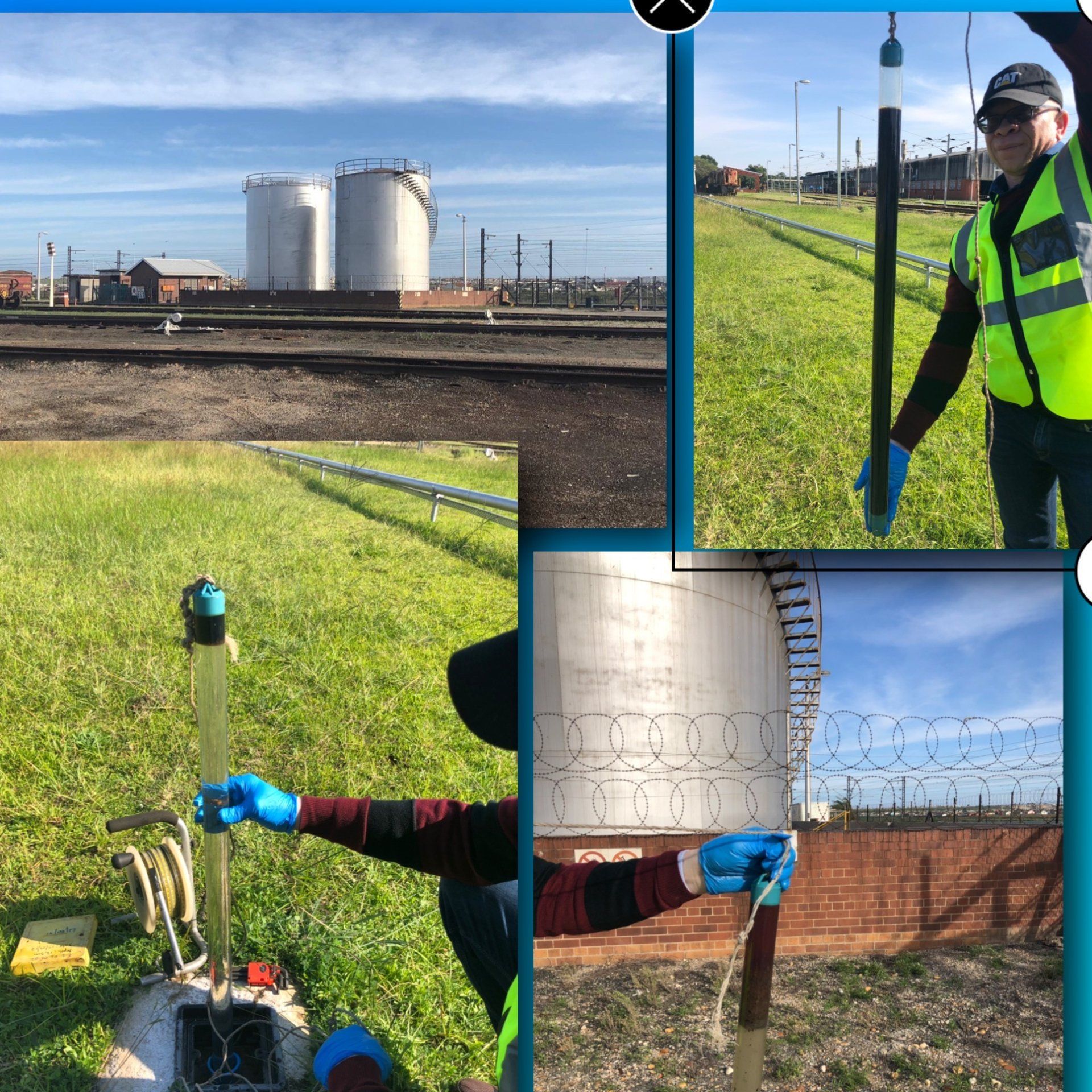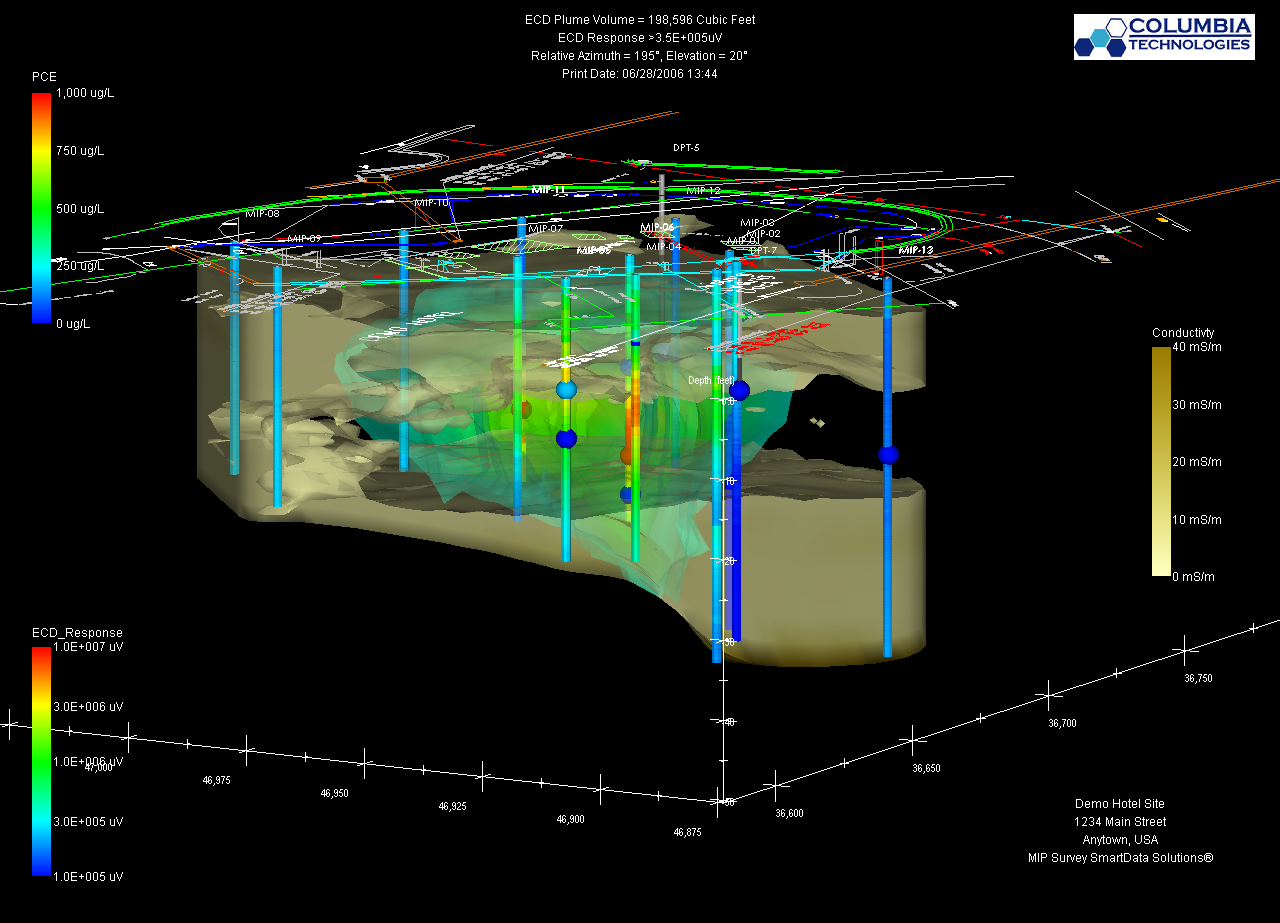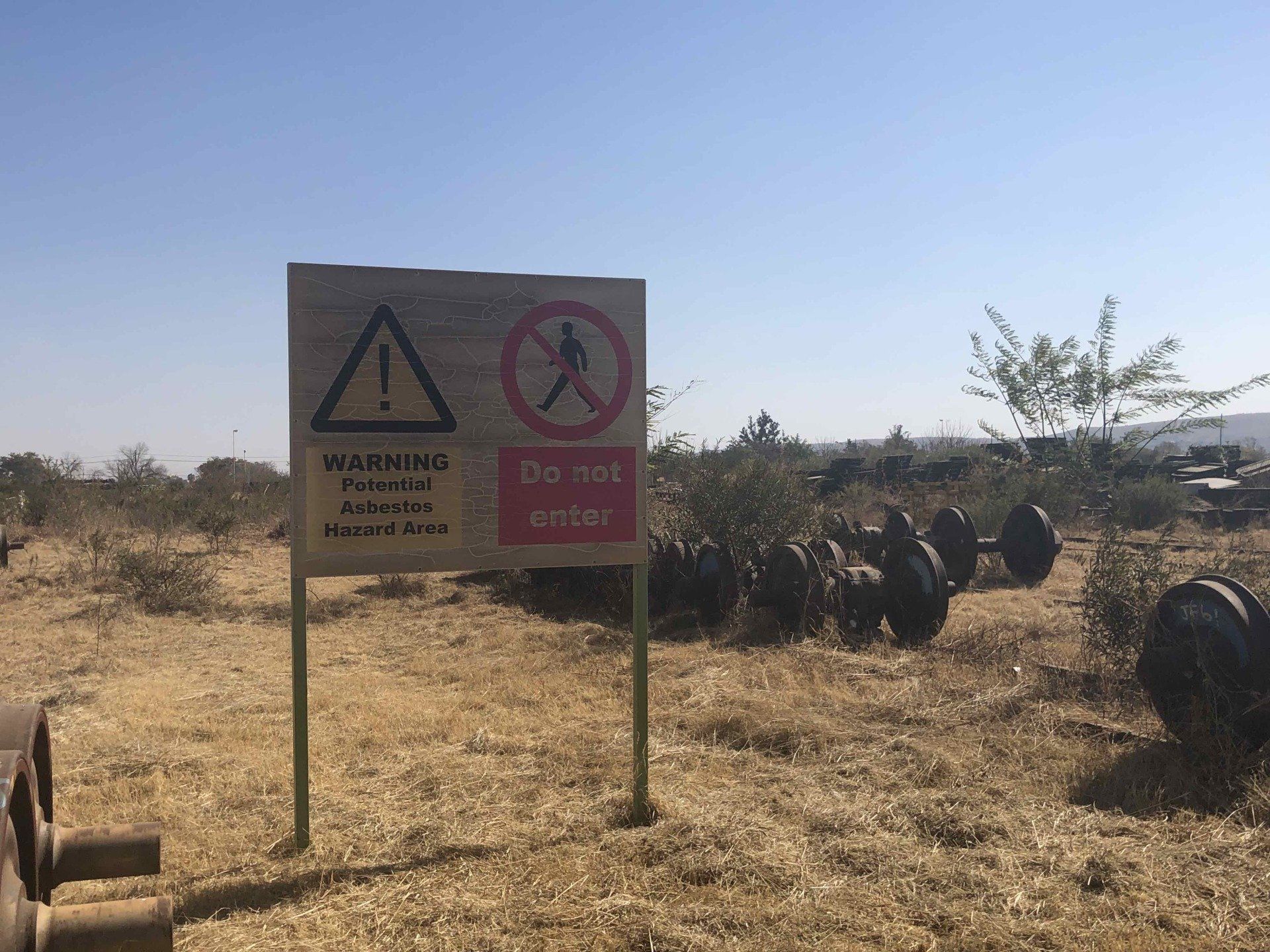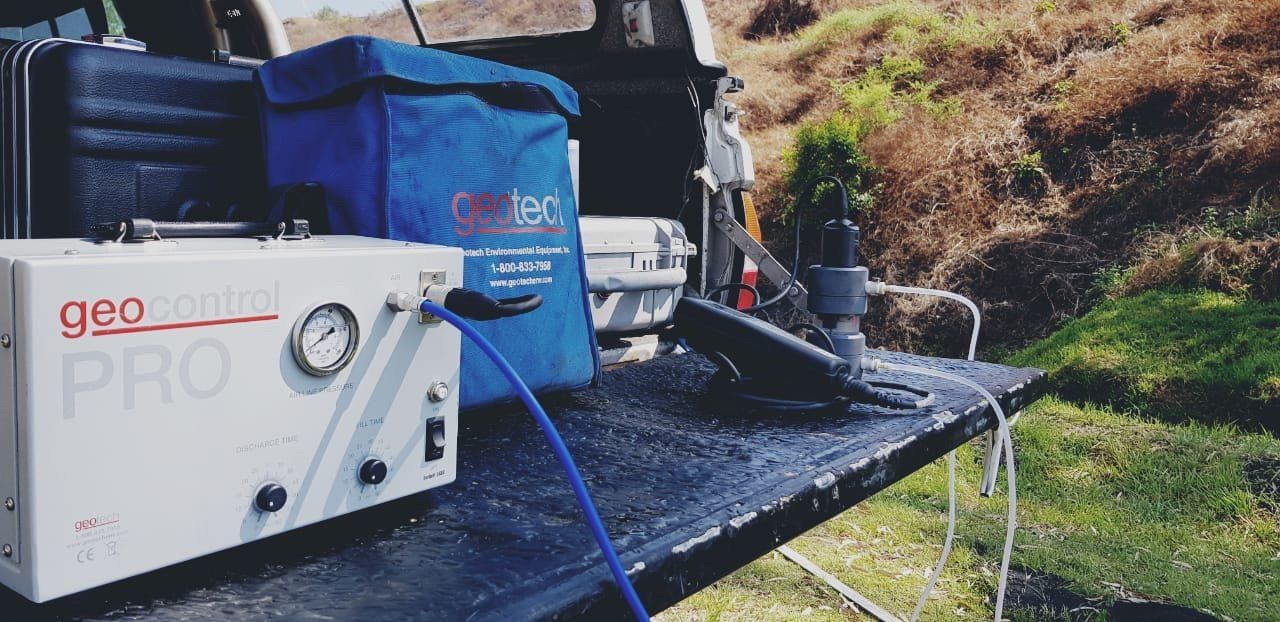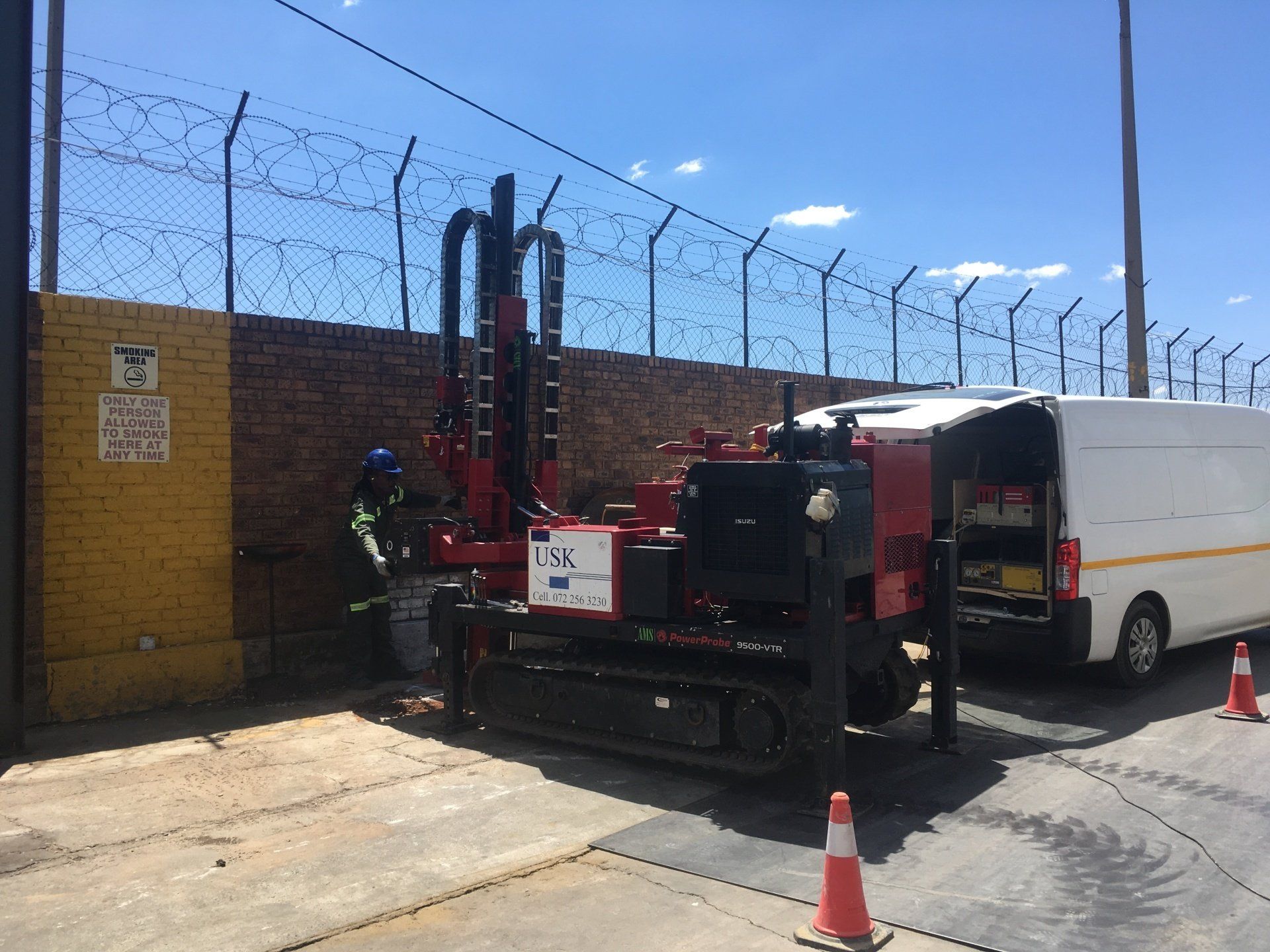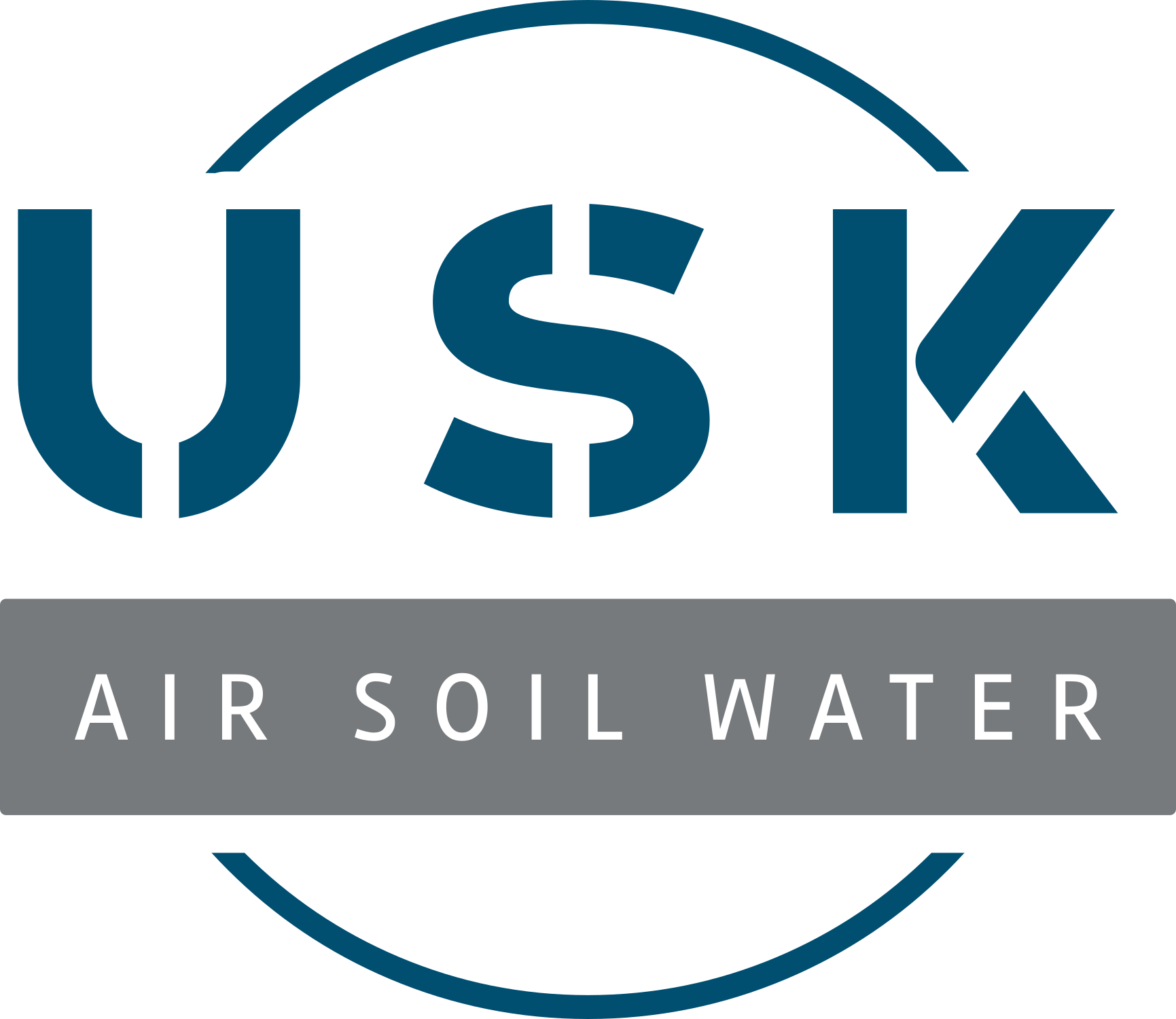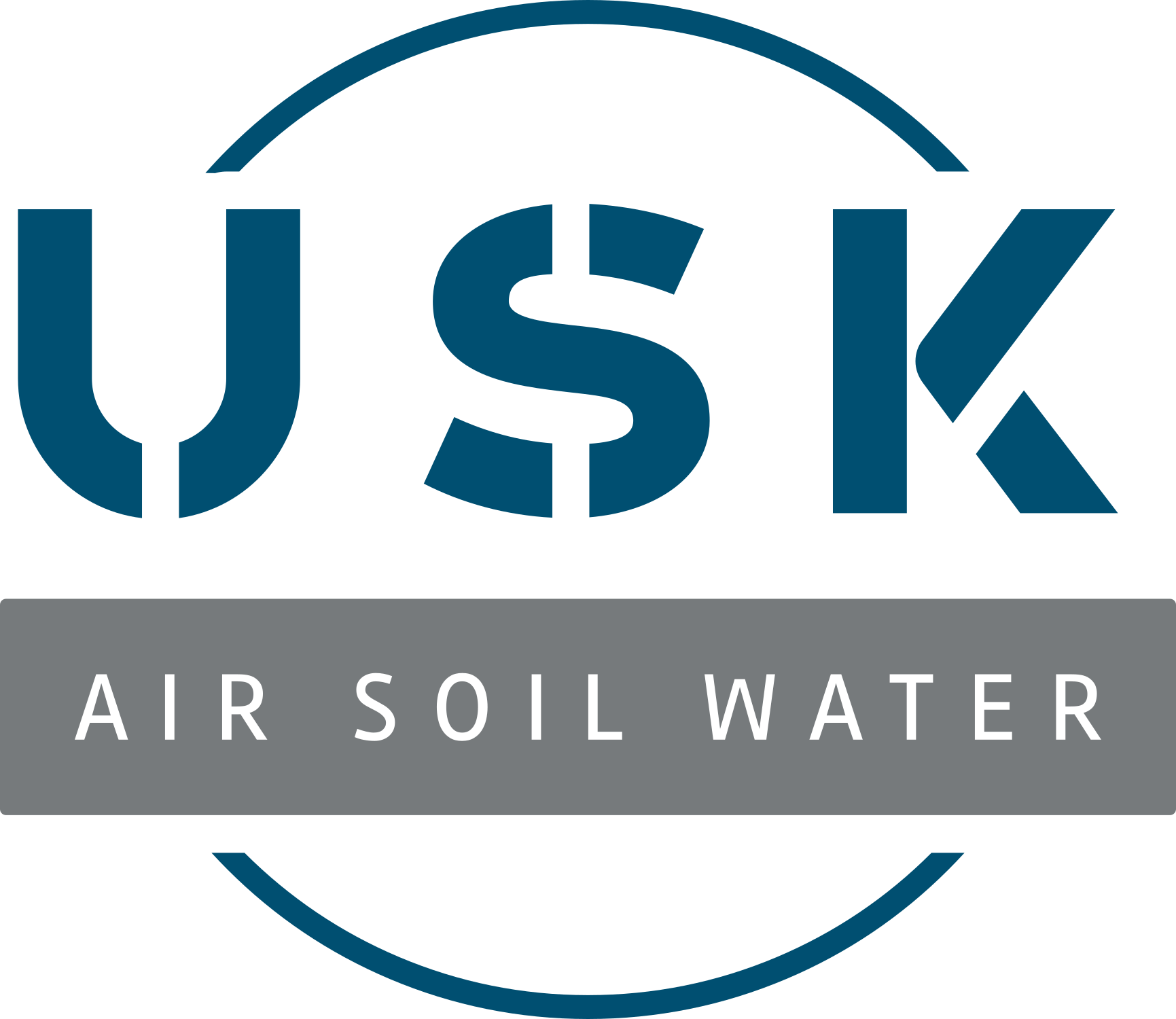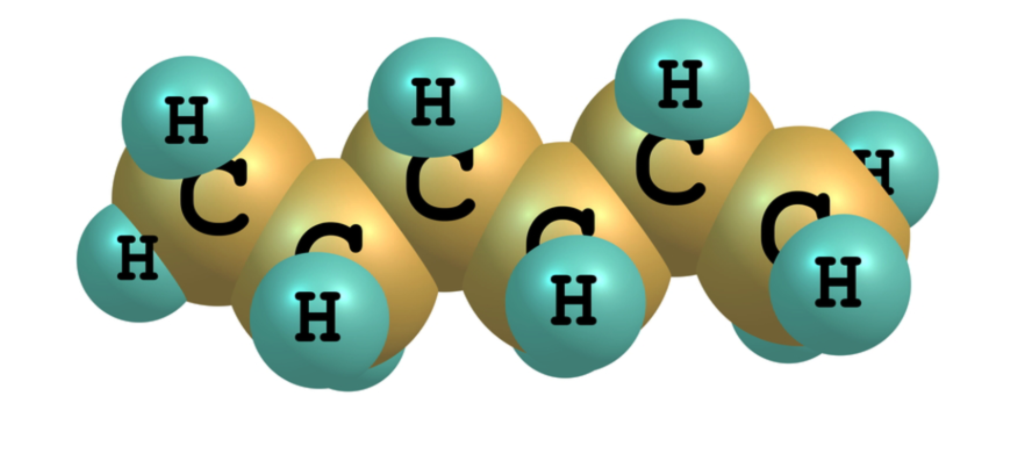Title: Biogeotechnical Approaches for Sustainable Rehabilitation of Mine Slopes and Tailings Storage Facilities in Africa
Abstract
The mining industry, especially in Africa, faces significant environmental challenges, notably the rehabilitation of mine slopes and tailings storage facilities (TSFs). Traditional stabilization methods often fall short in sustainability and environmental protection. Biogeotechnics, integrating geotechnical engineering with biological processes, presents a promising sustainable alternative. This review explores biogeotechnical strategies, focusing on vegetation use, microbial processes, and their combined applications in mine rehabilitation. It highlights the advantages of biogeotechnics over conventional methods, discusses the implementation challenges, and identifies research gaps. This paper aims to provide a comprehensive overview of current knowledge and future directions in the biogeotechnical rehabilitation of mine-affected areas in Africa.
1. Introduction
Mining activities significantly contribute to the African economy but also pose substantial environmental risks, particularly concerning mine slope stability and the management of TSFs. Traditional methods for addressing these risks, such as physical barriers or chemical treatments, are often environmentally damaging and unsustainable in the long term (Blight, 2010; Suter et al., 2019). Biogeotechnics offers a sustainable alternative, leveraging biological processes for soil stabilization and environmental restoration (DeJong et al., 2013). This review examines the principles, applications, benefits, and challenges of biogeotechnics in the African mining context.
2. Environmental Challenges of Mine Slopes and TSFs
Mine slopes and TSFs are critical components of mining operations, with their failure posing risks to human safety, environmental health, and economic stability. The collapse of these structures can lead to soil erosion, water contamination, and loss of biodiversity (Blight, 2010). Traditional stabilization techniques often rely on costly engineering solutions that may not offer long-term sustainability or environmental protection.
3. Biogeotechnical Rehabilitation Strategies
Biogeotechnics combines geotechnical engineering with biological processes to address environmental challenges in mining. Key strategies include:
- Phytoremediation: Utilizing plants to absorb and detoxify pollutants from soil and water (Gerhardt et al., 2017).
- Biocementation: Employing microorganisms, such as Sporosarcina pasteurii, to induce mineral precipitation, strengthening soil structure (Chu et al., 2012; DeJong et al., 2011).
- Rhizofiltration: Leveraging root systems to stabilize soil and control erosion (Gerhardt et al., 2017).
These strategies not only stabilize mine slopes and TSFs but also contribute to the ecological restoration of mine-affected areas.
4. Advantages of Biogeotechnical Approaches
Biogeotechnical methods offer several benefits over conventional stabilization techniques, including:
- Sustainability: Leveraging natural processes for rehabilitation, reducing reliance on non-renewable resources (Suter et al., 2019).
- Cost-effectiveness: Potentially lower long-term costs due to reduced maintenance and engineering needs (Smith and Brady, 2015).
- Environmental benefits: Enhancing biodiversity, improving water quality, and restoring ecological balance (Suter et al., 2019).
5. Implementing Biogeotechnical Solutions
Successful implementation requires careful planning, selection of appropriate plant species and microorganisms, site preparation, and ongoing maintenance. Challenges include ensuring long-term viability, managing invasive species, and adapting to local climatic and soil conditions. Collaboration among engineers, biologists, and ecologists is crucial for developing effective biogeotechnical solutions.
6. Research Gaps and Future Directions
Despite the promising prospects of biogeotechnics, several research gaps remain, including:
- Long-term effectiveness: More longitudinal studies are needed to assess the durability of biogeotechnical solutions under various environmental conditions (Harkes et al., 2010).
- Microbial impacts: Understanding the ecological implications of introducing specific microorganisms into new environments (DeJong et al., 2011).
- Scalability: Developing cost-effective, scalable biogeotechnical solutions for widespread application in the mining industry.
7. Conclusion
Biogeotechnics represents a sustainable, cost-effective, and environmentally friendly approach to the rehabilitation of mine slopes and TSFs in Africa. By integrating geotechnical engineering with biological processes, this approach offers a promising alternative to traditional stabilization methods. However, further research is needed to address existing knowledge gaps and to optimize the scalability and effectiveness of biogeotechnical solutions.
References
- Blight, G.E. (2010). Geotechnical Engineering for Mine Waste Storage Facilities. CRC Press.
- Chu, J., Stabnikov, V., & Ivanov, V. (2012). Microbially Induced Calcium Carbonate Precipitation on Surface or in the Bulk of Soil. Geomicrobiology Journal, 29(6), 544-549.
- DeJong, J.T., et al. (2011). Microbially Induced Cementation to Control Sand Response to Undrained Shear. Journal of Geotechnical and Geoenvironmental Engineering, 132(11), 1381-1392.
- DeJong, J.T., et al. (2013). Biogeochemical Processes and Geotechnical Applications: Progress, Opportunities, and Challenges. Geotechnique, 63(4), 287-301.
- Gerhardt, K.E., Gerwing, P.D., & Greenberg, B.M. (2017). Phytoremediation and rhizoremediation of organic soil contaminants: Potential and challenges. Plant Science, 256, 180-195.
- Harkes, M.P., et al. (2010). Fixation and distribution of bacterial activity in sand to induce carbonate precipitation for ground reinforcement. Ecological Engineering, 36(2), 112-117.
- Smith, J.A., & Brady, K.B.C. (2015). Biogeotechnical Engineering for Mine Waste Stabilization. Environmental Geotechnics, 2(EG1), 35-44.
- Suter, G.W., Tsao, C.L., & Yonavjak, L. (2019). Making Ecological Restoration More Effective: Integrating Ecological and Engineering Approaches. Restoration Ecology, 27(3), 540-545.
